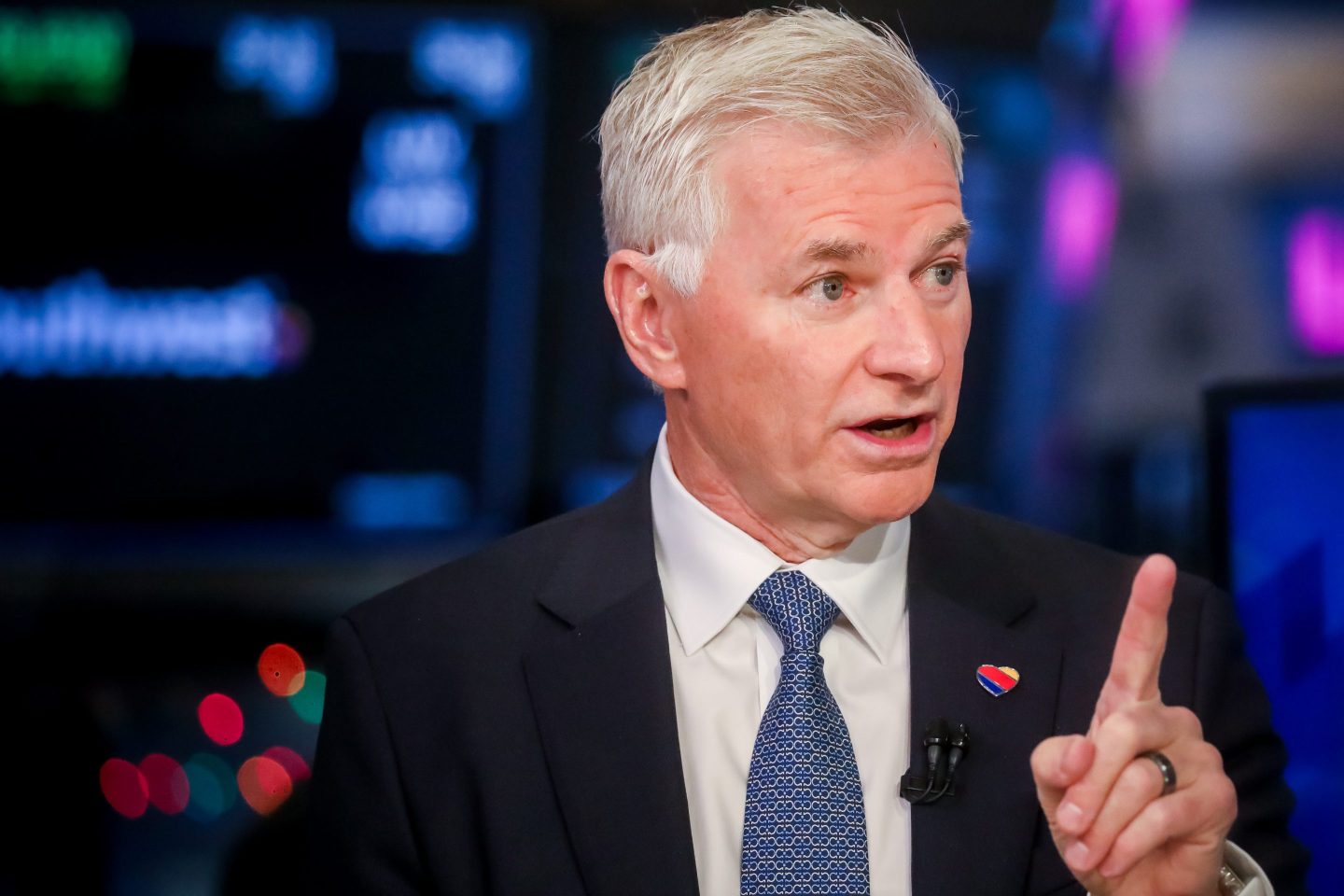Depending on who you ask, the fiscal year 2016 defense budget presented by the Obama administration last week is either extremely interesting or dismally boring. Interesting, because for the first time in years no major programs were cancelled and weapons acquisitions are on the uptick. Boring, for all the same reasons.
The budget holds little in the way of surprises, analysts say, but a close reading does offer clues as to where the U.S. Department of Defense is headed as it shifts toward a smaller, more agile, more technologically advanced force structure in the second half of this decade—and what industry can expect as Pentagon officials shape the military they want decades from now.
With the winding down of two major conflicts abroad, the department is looking to shrink its footprint while investing in future weapons systems and other technologies like cyber defense. Obama’s fiscal 2016 defense budget reflects those priorities, as well as the so-called “pivot to Asia” that would rebalance U.S. global assets in favor of the Asia-Pacific region. Totaling $585 billion—a $534 billion base budget plus $51 billion for so-called Overseas Contingency Operations—it’s also a move in the right direction from the perspective of industry, a full $25 billion more than Congress approved last year.
“It represents a bit of a rebound from what was a one-year dip,” says Richard Aboulafia, vice president for analysis at aerospace and defense consultancy Teal Group. “There was a bit of a panic from the fiscal 2015 budget. It’s a nice rebound if there’s no sequester impact.”
That’s a big “if” (more on that later). For the time being, aligning Obama’s Asia-Pacific pivot with the department’s modernization initiative means the fiscal 2016 defense budget is particularly friendly to things that fly and things that float. Of particular interest to the defense industry are the procurement and research budgets, which make up nearly $180 billion, or roughly one-third, of the overall base budget. Those budgets are up some 15%—good news for contractors holding—or eyeing—lucrative, multi-year, multi-billion development contracts.
In the air, the Pentagon is upping its buy of F-35 Joint Strike Fighters from 38 this year to 57 in 2016, paying Lockheed Martin $10.6 billion for the fifth-generation fighter jets. (It is also boosting spending on the C-130J Hercules cargo aircraft, also made by Lockheed.) Sixteen P-8 Poseidon maritime patrol aircraft will net Boeing $3.4 billion alongside the $3 billion the aircraft maker will receive to continue developing the Air Force’s next-generation KC-46 aerial refueling tanker.
“Clearly there are programs in there that begin to ramp up significantly,” says Roman Schweizer, aerospace and defense policy analyst for Guggenheim Securities in Washington D.C. “The Joint Strike Fighter certainly begins to hit its production run. The KC-46 program and P-8 see significant increases.”
The most impactful decision the Pentagon will make this year has to do with an aircraft the public has never seen. The Air Force’s new Long Range Strike Bomber, which will replace the current fleet of B-2 stealth bombers, is expected to be one of the largest acquisition programs in history. (Each aircraft is projected to cost $550 million—and that’s before budget overruns.) The competition for the LRSB contract pits Northrop Grumman (NOC) against a collaboration between Boeing (BA) and Lockheed Martin (LMT) for what could be a $40 billion development contract. The Pentagon has asked for $1.2 billion for the LRSB in the fiscal 2016 budget, and is expected to select a contractor to develop the aircraft before the end of the year.
At sea, the Pentagon wants $1.4 billion for its efforts to replace its strategic Ohio class nuclear submarines, up significantly from last year (look to General Dynamics to lead the way here). Nine new ships and submarines requested by the Navy will spread $11.6 billion between the likes of General Dynamics (GD), Huntington Ingalls (HII), and Lockheed Martin.
But two points of concern could derail the prevailing optimism in the aerospace and defense industry, Aboulafia says. One troublesome sign is that while spending on new systems is on the rise, investment in research and development is relatively flat. “Procurement does great, R&D does not,” he says. “It’s hard to square that with innovation. It’s innovation light, procurement heavy.”
More immediately, the return of sequestration could put the brakes on industry growth, as federally mandated budget caps force some of these programs to take a haircut. Whereas the fiscal 2015 budget was presented as a Budget Control Act-compliant document with a wish list of additional items attached, the new budget simply ignores the sequestration ceiling and asks for $34 billion more than the BCA allows. “This budget in and of itself is a nice exercise, but it doesn’t reflect reality of the sequester,” says Jason Gursky, an equity research analyst at Citigroup. “This budget pretends like sequestration doesn’t exist. It does.”
If Congress and the administration can’t find the revenue or spending cuts to bring the budget in line with BCA controls before the new fiscal year begins in October, 7% mandatory budget cuts could impact programs across the board. The way Guggenheim’s Schweizer sees it, that means any program that’s received a funding boost is a winner in this scenario. Programs that were flat or cut going into the fiscal 2016 budget—and that could still face more cuts later this year—are the losers.
“I would say until we see the nips and tucks that Congress may make, everyone looks pretty good right now,” Schweizer says. “The question is whether in October those fortunes change significantly.”












